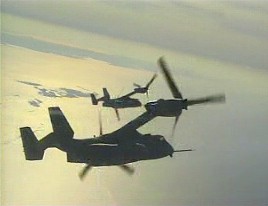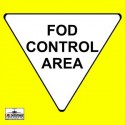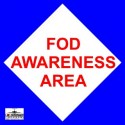Takeoffs and landings get especially interesting when birds and wildlife come out to meet you or see you off. They don’t read security notices, so you need some way to anticipate and avoid getting fowled.
EXPECT TROUBLE!
In the air –
- On approach – especially into uncontrolled airports – always turn on your landing lights. This seems to help, especially on pulsating mode. Where possible, a low, slow recon before actually landing may alert you to birds or animals that could threaten you, and may drive them out of your flight path.
- Landfills, dumps, plowed fields, parks and other places where birds congregate deserve special attention. Avoid flying low over them.
- Don’t count on birds or animals to get out of the way.
- When low, go slow. A bird impact at low speed may only cause minor damage but would be fatal at higher velocity.
- If you suspect bird activity ask the airport to ensure your approach path is clear of threats.
On the ground –
- Anticipate and be prepared. Early mornings birds and animals will be more active. Be ready to maneuver away from their expected reactions. Ex. Birds can drop more easily than climb to escape when you surprise them; climb above them if they appear in your path.
- On an uncontrolled strip you may want to send a vehicle down the runway to rout any critters before you make your takeoff run.
- Plan. Check NOTAMS, use the U.S. BAM risk assessment to determine your bird-strike risk.
Be prepared, but you still may not be able to avoid an encounter with Mother Nature. If you have any strike – major or minor – please report it. It may help the next pilot avoid a mishap and may save some lives.
Report form (FAA Form 5200-7) can be completed online here, or you can find it and print it out here.



